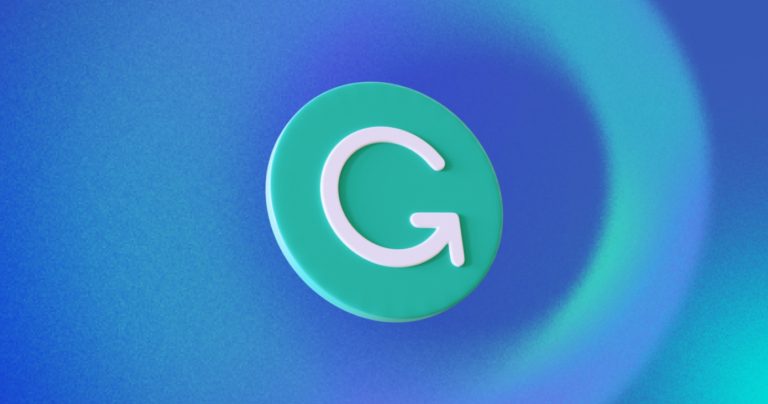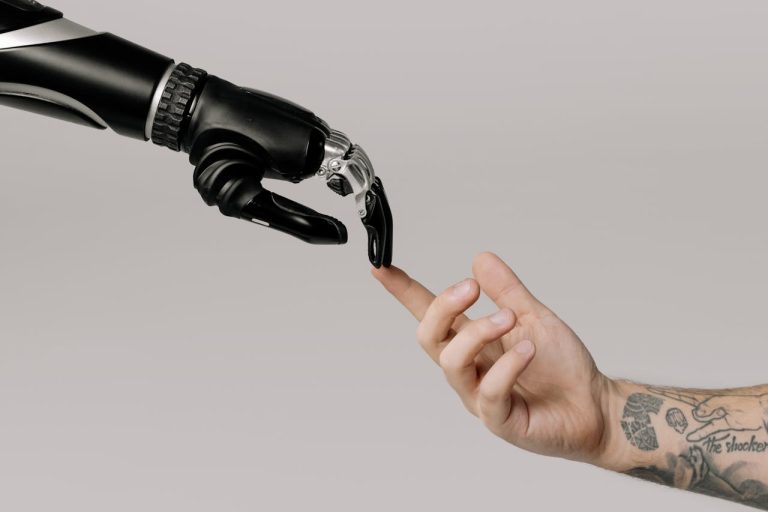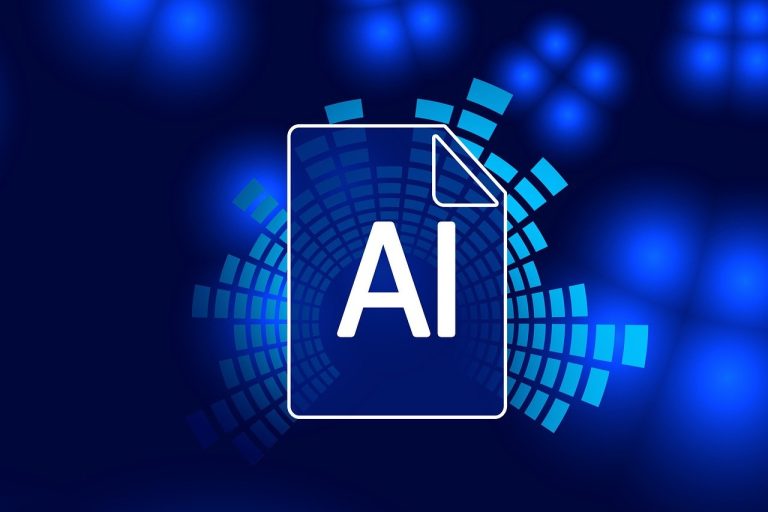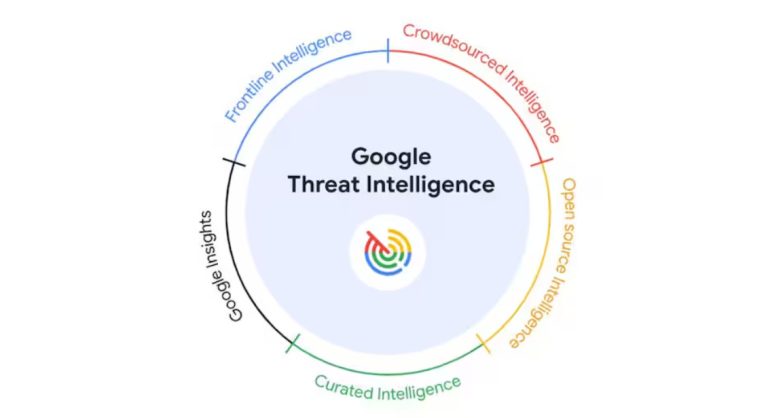Linkedin Introduces new GPT-powered Tools to Simplify Writing Suggestions, Job Descriptions
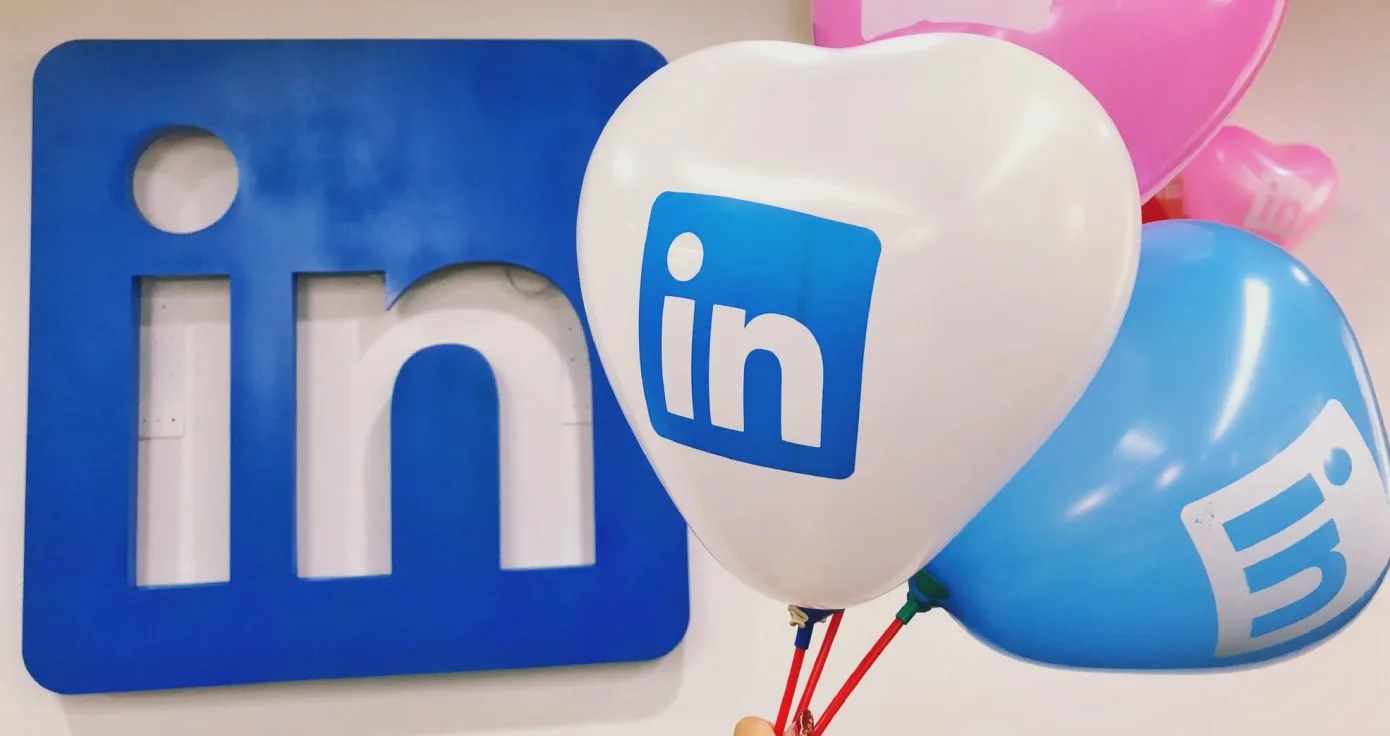
When LinkedIn began distributing “AI-powered conversation starters” earlier this month to increase engagement on its platform, the move saw more than a little engagement of its own, none of it particularly favorable.
Yet the reality is that LinkedIn has been heavily utilizing AI and other forms of automation throughout various elements of its platform for years, mostly in the background with how it develops and manages its network. With its owner Microsoft going all-in on OpenAI, it appears that OpenAI is now playing a bigger role in LinkedIn’s front-end strategy, with the latest developments occurring today in the areas of LinkedIn profiles, hiring, and LinkedIn Learning.
In order to help people improve their LinkedIn profiles and recruiters write job descriptions, the business is launching AI-powered writing ideas today. According to LinkedIn’s chief product officer, Tomer Cohen, both are constructed using sophisticated GPT models. GPT-4 is the format used by LinkedIn for customized profiles, and GPT-3.5 is used for job descriptions. In addition, the business is putting more of an emphasis on AI in LinkedIn Learning, gathering 100 courses on the topic and adding 20 more that are solely dedicated to generative AI.
The AI-writing prompts for profiles are intended to assist people who struggle to write their own alluring summaries of who they are, but who may at least be able to spell out some of what they’ve done. The AI will then translate this information into a more flowing narrative.
The startup says its technology “identifies the most significant abilities and experiences to highlight in your About and Headline sections, and generates ideas to make your profile stand out. The tool saves you time and energy while yet preserving your distinctive voice and style by handling the labor-intensive tasks for you. Before adding the suggested information to your profile, it advises you to “examine and change” it.
The job descriptions, on the other hand, will operate according to a similar premise: A recruiter writes out certain essential details, such as the job title and firm name. After that, “our tool will generate a proposed job description for you to examine and change, saving you time and effort while still allowing you to adapt the position to your needs,” writes Cohen in a blog post. You can concentrate your energy on more strategically important elements of your job by streamlining this portion of the hiring process.
Using the profile writing tool is encouraged since it can make you stand out for “almost 2x as many possibilities,” according to the call to action.
It’s unclear whether this implies LinkedIn will algorithmically push the tool by showing AI-based profiles more frequently in searches or if it’s because the AI has been modified to produce language that is SEO-friendly.
Although both are intended to save users time and encourage them to maintain their profiles more current or to increase recruiting business by making it simpler to create those job profiles, I can think of at least a few warning signs.
If your goal in creating your profile description is to learn more about the person you might be working with or networking with, then employing AI to generate those descriptions will take you further away from that goal. In the end, that can result in more rather than less wasted time for recruiters and other potential connections who are looking at a profile.
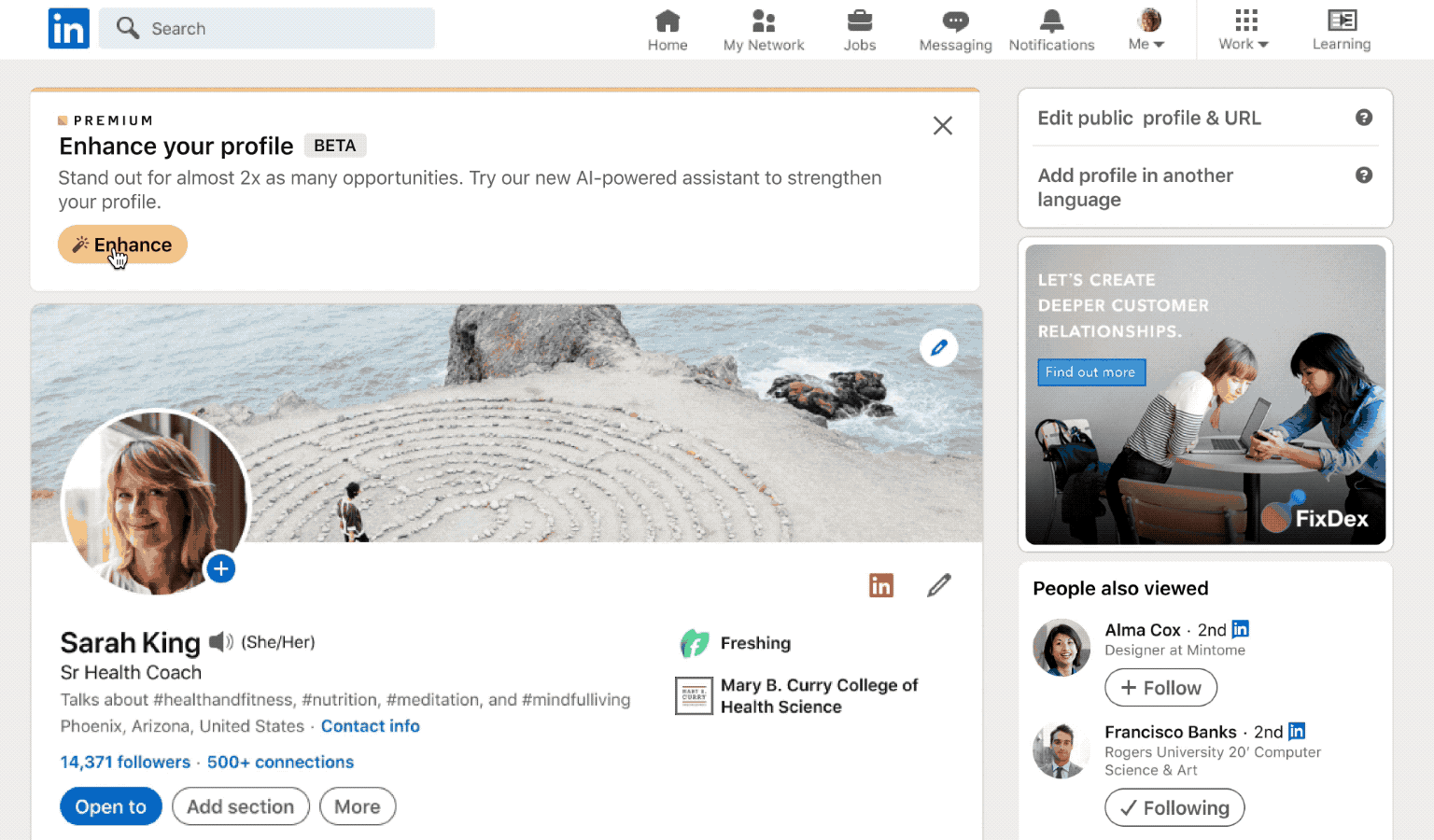
That’s because LinkedIn has confirmed to me that it is not making it clear when an AI has played a role in helping write those words. As a result, you can’t really tell whether someone actually has the skill to summarize their own work well and if that truly captures their “voice” or if they just have the skill to click “do this for me” and have an AI assistant do it for them.
Now, there are significant ethical concerns around some of the applications of generative AI, including whether or not it should by default disclose to the public when it has been employed in the creation of something.
This has been crucial in fields like education where you are expected to be judged on your own work, not just the content of it but also the work you did to produce it. For the same reason that you wouldn’t want to match with someone on Tinder only to learn that the person in the profile picture is not the actual person — or for the same reason that we don’t want people to lie about their experience on job applications — recruitment and anything else where you are connecting with a particular person feels like it should be in the same category.
For the time being, it appears that LinkedIn is strongly supporting the “don’t reveal” position.
That would be less the case for job advertisements, which are already incredibly bland and frequently fail to accurately convey what it could be like to work in a given position, let alone at a certain company. We also don’t read job advertisements to get a sense of the recruiter’s voice.
Overall, the introduction of these technologies highlights the fact that while AI may be a potent tool, its widespread use is not always desirable. This is just the beginning, according to a LinkedIn representative, who also said that the firm “will continue to employ generative AI to explore new ways to deliver value to our members and customers.”



